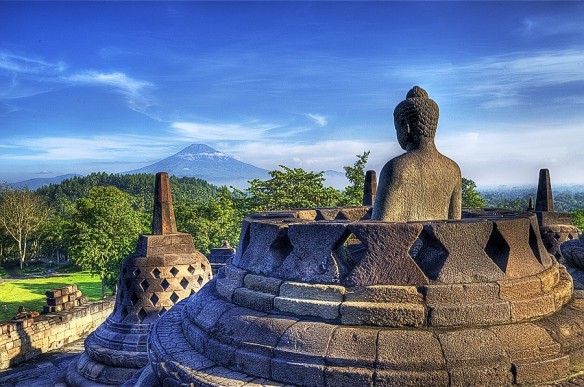In a recent post about architecture and education, I explored a few questions about physical space, the space of the mind, what this has to do with learning, and how we might choose to construct educational spaces with these questions in mind.
They originate with all parents’ concern for their children, a concern for our youth to develop capacities not just to survive, but to thrive in the world.
These questions about education have been asked since long before humanity created education as an institution. They originate with all parents’ concern for their children, a concern for our youth to develop capacities not just to survive, but to thrive in the world. These questions have been with us for as long as humans have been concerned about passing on traditions from generation to generation, so that our collective accomplishments will be remembered and appreciated. This is to say that questions about education and the mind have been wrestled with since before the beginning of history. They are fundamental questions about humanity.
One place where the ancient world has passed on its legacy of educational vision is in it’s architecture — and in the case of Borobudur, the ancient Indonesian Buddhist temple, this legacy is literally inscribed on its walls. The temple is built around the story of the pure youth Sudhana, the protagonist of the penultimate chapter of the Avatamsaka Sutra, a chapter aptly titled “Entering the Dharma Realm.” The inscriptions around the inner terraces of Borobudur introduce Sudhana, a young spiritual seeker with an aspiration for liberation.
The liberation that Sudhana seeks is not just for his own sense of peace, but to bring peace to the world. He wants to understand how to bring the benefit of liberation to every living being.
The liberation that Sudhana seeks is not just for his own sense of peace, but to bring peace to the world. He wants to understand how to bring the benefit of liberation to every living being. Sudhana’s aspiration gives him a clear picture of where he wants to go, but he doesn’t know how to get there. So he begins his journey by seeking out the wisest person that he knows of: the Bodhisattva Manjushri, who is foremost in wisdom.
Manjushri’s first advice to Sudhana is to seek out good and wise friends to help him along his path. He first sends Sudhana to visit the monk Meghashri. Meghashri is a master of virtue, but, as he tells Sudhana, having mastered only virtue, he is unable to teach Sudhana the wide variety of skills that will be needed to benefit every kind of person–but he can show Sudhana the path to get there. Sudhana then sets out on a long journey, intending to learn from a number of “good and wise friends” who represent all sorts of abilities and perspectives. Sudhana’s long story, carved into the stone walls of Borobudur, continues from there:
“From a fisherman he learned the lore of the sea. From a doctor he learned compassion toward sick people in their suffering. From a wealthy man he learned that saving pennies was the secret of his fortune, and thought how necessary it was to conserve every trifling gained on the path to Enlightenment.
“From a meditating monk he learned that the pure and peaceful mind had a miraculous power to purify and tranquilize other minds. Once he met a woman of exceptional personality and was impressed by her benevolent spirit, and from her he learned a lesson that charity was the fruit of wisdom. Once he met an aged wanderer who told him that, to reach a certain place, he had to scale a mountain of swords and pass through a valley of fire. Thus Sudhana learned from his experiences that there was a true teaching to be gained from everything that he saw or heard.[1]”
It instructs us in a basic appreciation and orientation towards learning, so that in studying diverse perspectives and skills, we always find wisdom.
Sudhana’s story tells of a lifelong learner, who, out of compassion for every being, seeks and discovers a mind that can be totally open to finding wisdom in any perspective. It instructs us in a basic appreciation and orientation towards learning, so that in studying diverse perspectives and skills, we always find wisdom. It tells the story of a basic human sensibility that connects people as a society, and a kind of education that brings real benefit to the world. How does this mind really benefit the world? Perhaps these words from Venerable Ajahn Amaro could hold an answer:
“Through getting to know those who delight in the Buddha’s teaching we create a connection with them; we establish a support system. This is kalyanamitta, the network of spiritual friendship. This is what really enables us as a human society to hold together. Political agreements don’t work, laws don’t work; it is our ability to strengthen and affirm our qualities of inner beauty, of kindness and generosity, and to encourage those in others – that’s what enables human beings to live in a wholesome and profitable way.”
[1] The Teaching of Buddha, Tokyo: Bukkyo Dendo Kyokai (1966):105-106



